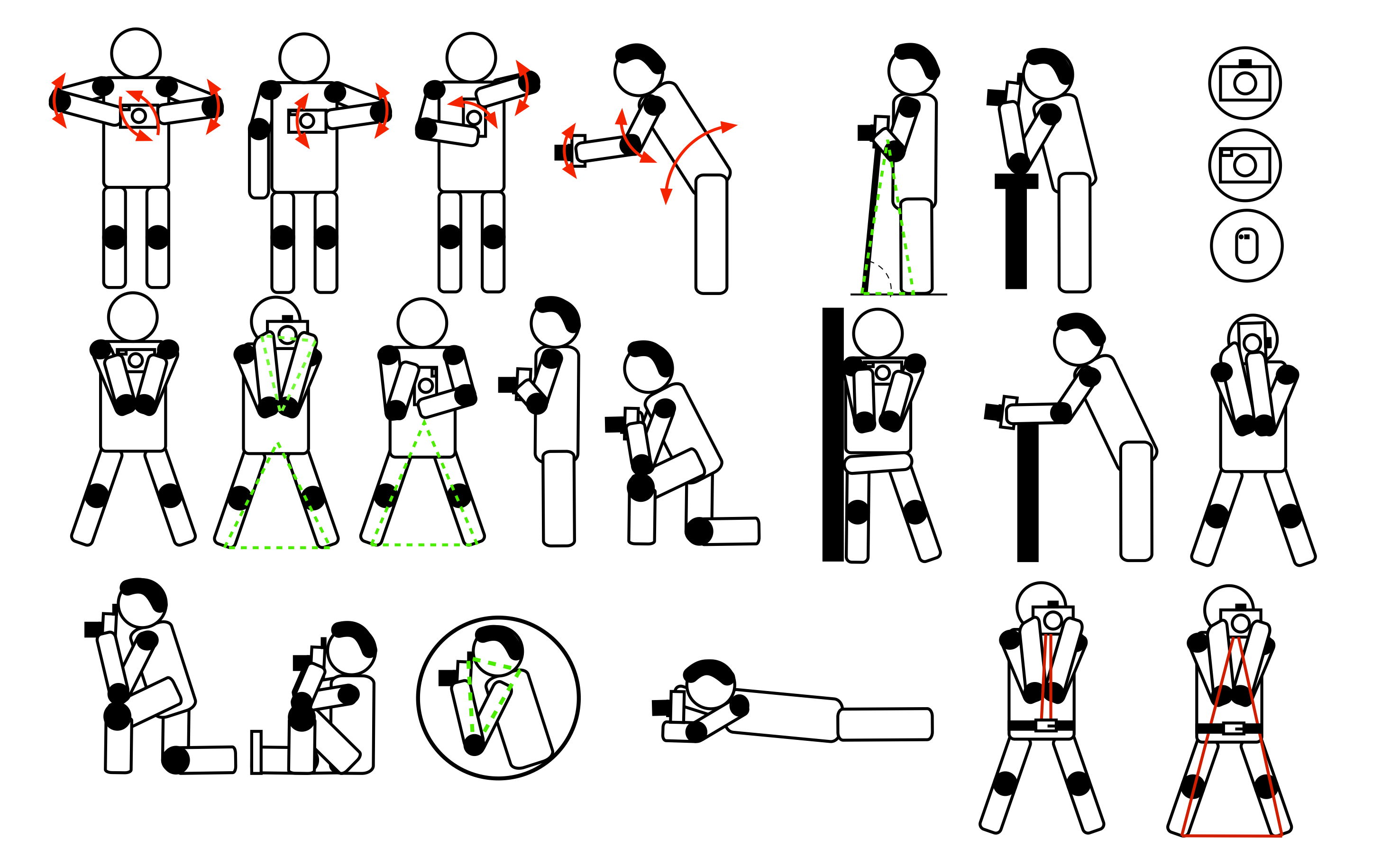In photography, as in life, focus is key. The ability to focus on the task at hand and zero in on what’s important is a skill that can be learned and mastered with practice. In this article, we’ll discuss how to focus in photography and provide a few tips on how to get the most out of this essential skill. So if you’re interested in learning more about how to focus in photography, keep reading!
You don’t need to fully understand how the following works, but you do need to understand the concept.
The depth of field is largely dependant on your aperture, as well as your distance from the subject. There’s also another factor called your hyperfocal distance. Without boring you, or going into too much detail (this subject is worthy of a post itself), your hyperfocal distance is the distance at which you focus, where everything after it (stretching to infinity distance) remains acceptably sharp.
Half of the distance between the hyperfocal length and the lens will also remain acceptably sharp too.
Working out your hyperfocal distance involves complicated maths which involves your distance from a subject, your f/stop, your focal length, and the size of your sensor. Don’t bother trying to work it out yourself, just download an app for your phone, or follow the general rules I’m going to teach you in this post.
I’ll go into this in further detail in another post, but for now, this is what you need to know:
If you focus at infinity, you lose lots of your depth of field, because there will be barely any focus infront of infinity, and nothing behind the focus (because you’re already focused to infinity).
Don’t focus to infinity, unless you’re trying to focus on a single subject, located at infinity.
So now with your newfound knowledge on the hyperfocal distance, you will either be very confused as to where to focus in a landscape, or darn sure that you shouldn’t focus to infinity. But where do you focus?
Let’s say you’re shooting a landscape, and your aperture is f/11, and your focal length is 24mm. You’re also shooting on a Canon crop sensor (slightly smaller than Nikon). Your hyperfocal distance is roughly 9 feet. If you focus here, your photo will be acceptably sharp from anywhere 4.5 feet in front of your camera, all the way to infinity.
But that’s maybe a little bit too specific. And it changes every time you adjust your aperture, and focal length, so that’s no good.
Here’s some real science right here… focus about a third of the way into the frame.
As a rule, you can’t go too far wrong with this. If you’re shooting a landscape, then chances are your aperture is quite narrow, so you have a decent DoF to play with.
Here’s the difference between a photo where I focus about a third of the way to infinity…

… and one where I focused to infinity.

Can you see the difference?
You may notice that the focus on your camera only goes to about 15 feet until it reaches infinity. If you’re in doubt, you can’t go too far wrong by focusing to infinity, and then letting the focus pull back a little bit (so that you’re no longer at infinity).
Lets start by talking about a single subject here.
If you remember what I wrote about visual weight, the strongest visual weight comes from a person’s eyes. We’re automatically drawn to a person’s eyes, so clearly, that is where we need to focus.
I’d like to think that’s pretty obvious. Especially when you’re using a wide aperture with a shallow depth of field.
Have a look at my photo below. It was shot at f/1.4, which produces an exceptionally shallow DoF, but because I focused on her eyes, you can’t really tell.

How about a group of people though? Where do you focus then?
Well, we’re back to hyperfocal distance here. The DoF always extends farther into the distance, than it does in the foreground. What does this tell you about where you should focus?
Think about it, I’ll wait…
…
You want to focus on the eyes of the person closest to the camera. This is where you’ll be drawn to first, and if it’s not in perfect fous, then everything else is going to seem out of focus.
From here, the focus will gradually decrease naturally.

This is something you’ve probably heard of before, in fact, you’ve probably even done it. You focus on a certain part of the frame, such as a person’s eyes, and then you recompose the photo how you want it. This ensures for good focus and composition.
To do this, you need to use your focal lock, which means shooting on either One-Shot mode, or AF-S. When you click the shutter button down half way, it will focus, and then hold the focus until you’ve recomposed and taken the photo.
I would also recommend using the center focus point, rather than all of them together, or any specific focus point. This is because it’s easy to select, and this is where your camera will meter from. Two birds with one stone.
Be careful about using this technique when you’re using a wide aperture with a very shallow DoF, because even the slightest movement can throw the photo out of focus.
If you want to separate your focus from your shutter, you can learn more about back button focus here.

